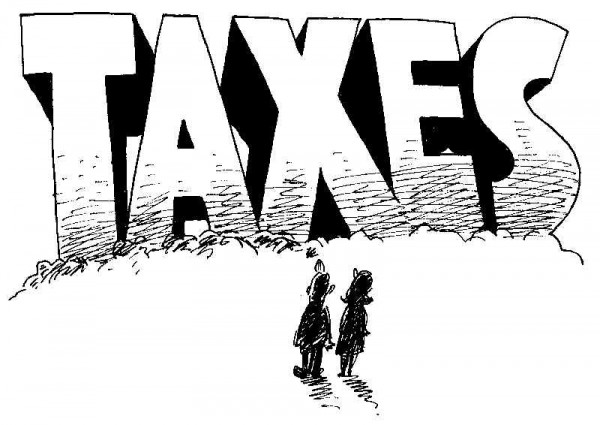Once again, loud and clear: School funding not tied to educational outcomes and achievement
03/28/2016 / By usafeaturesmedia

(BigGovernment.news) You’ve likely heard the argument, mostly from Democrats, that primary education funding in America is too low, and that if we ever want to rise to the top again we’re going to have to dedicate more resources (read money) to our schools.
Turns out that this argument is not just bogus, but historically incorrect.
As noted by the National Center for Policy Analysis, a free-market think tank, way back in 1964, with the passage of the Civil Rights Act, Congress commissioned a study to determine if all American kids were getting the same chance to go to school. The result was a 700-page report [PDF] titled “Equality of Educational Opportunity,” or dubbed the Coleman Report because it was writted by James S. Coleman of Johns Hopkins University. The report concluded, among other things, that funding levels have nothing whatsoever to do with educational outcomes.
Recently Eric Hanushek, a senior fellow at the Hoover Institution at Stanford University, commemorated the 50th anniversary of the Coleman Report, and came to many of the same conclusions regarding today’s educational system in the United States.
Specifically, Hanushek examined that simply adding more money to schools will systematically improve outcomes and lead to higher achievements. He found, as others have, that student performance in the U.S. is essentially unchanged since the 1970s and, in fact, some have said it is worse – despite the fact that we’re spending more per pupil now than then.
“While states have changed in many other ways than just expenditure, there is no reason to conclude from the data of the Colman Report that just providing money will by itself boost student achievement,” the NCPA noted.
And yet, many Americans – too many, in fact – have been conditioned by politicians seeking votes that we simply don’t spend enough money on “education,” even as more and more states are struggling with budgets.
But what schools are spending too much money on is compliance with a myriad of federal rules – money that could, and should, got into actual education.
“Major federal intervention into local schools began with the Elementary and Secondary Education Act of 1965 (ESEA). Since then, a half-century of continually expanding, ever-shifting federal intervention into local schools has failed to improve American academic achievement,” Jennifer A. Marshall, Vice President for the Institute for Family, Community, and Opportunity, and the Joseph C. and Elizabeth A. Anderlik Fellow at the Heritage Foundation, said in testimony before a House subcommittee on education in 2011.
“But it has caused an enormous compliance burden, dissipating dollars and human capital that could have been more effectively directed to achieve educational excellence,” she continued. “The damage should be calculated not only in terms of decades of wasted fiscal and human resources and on-going opportunity costs. We must also take stock of how federal intervention has created a dysfunctional governance system that undermines direct accountability to parents and taxpayers, while at the same time encouraging bureaucratic expansion and empowers special interests.”
BigGovernment.news is part of the USA Features Media network.




















